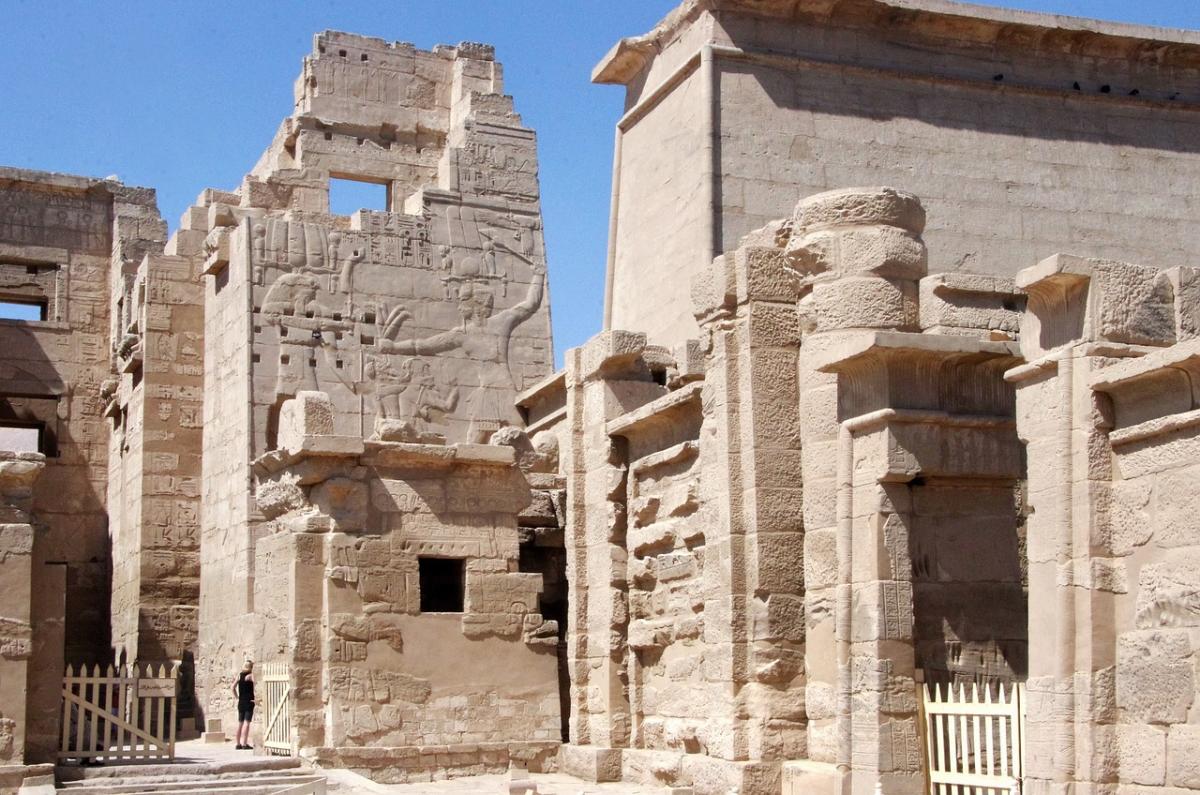
Medinet Habu: The Magnificent Temple of Ramses III
Medinet Habu is a magnificent Ancient Egyptian temple complex located in the modern-day city of Luxor. It was built during the reign of Ramses III and is one of the best preserved temples from ancient Egypt. The temple served as both a mortuary temple for Ramses III, where he was worshipped after his death, and also as an administrative center for other royal activities. The walls are adorned with reliefs depicting grand scenes from battles, religious rituals, and daily life in ancient Egypt. Its vast courtyard is surrounded by columns that symbolize protection over those who enter its sacred space. Medinet Habu stands today as a testament to the power and prosperity that flourished under Ramses III's rule and has been declared a World Heritage Site by UNESCO due to its historical significance.
Mortuary Temple of Ramses III
The Mortuary Temple of Ramses III is an impressive example of ancient Egyptian architecture. The temple was built in the traditional style, with a large central courtyard surrounded by columns and walls covered in intricate reliefs. It includes a number of chambers, including four chapels dedicated to gods such as Amun-Ra, Ptah, Sokar and Anubis. At the centre stands two obelisks that were erected to honor Pharaoh Ramses III himself.
Ramses III is one of the most significant figures from Ancient Egypt's New Kingdom period (1550-1070 BC). He was renowned for his military campaigns against foreign enemies such as the Libyans and Sea Peoples which helped strengthen Egypt's borders during his reign. His popularity amongst Egyptians also grew due to his patronage of arts and architecture; this included building monuments like Medinet Habu which served as both a mortuary temple for him after death and also an administrative center for royal activities during his life time.
Reliefs and Shrines
The reliefs of Medinet Habu are some of the best preserved from Ancient Egypt and provide a unique insight into life during Ramses III's reign. The walls are adorned with intricate scenes depicting battles, religious rituals, and everyday activities like hunting, farming and trading. These detailed carvings tell stories about ancient Egyptian culture that would otherwise have been lost to time.
The significance of these reliefs goes beyond mere aesthetics; they were meant to showcase the greatness of Ramses III as a ruler and convey his power over foreign enemies. By immortalizing him in stone, it was believed he could continue to protect the temple even after his death - making it an important symbol for those who entered its sacred space.
At the centre stands the Grand Hall of Columns which is surrounded by 32 massive papyrus-shaped columns that symbolize protection over those who enter its sacred space. This hall serves as a visual representation for Ramses III’s power as Pharaoh; its grandeur conveying his divine right to rule over Egypt while also serving practical purposes such as providing shade from sunlight or shelter from rainstorms in this open courtyard area.. In addition, inside this hall stand four chapels dedicated to gods such Amun-Ra, Ptah, Sokar and Anubis - furthering highlighting Ramesses' piety towards religion which solidified his reputation amongst Egyptians at the time.
Depiction of Egyptian Victories
One of the most well-known scenes depicted at Medinet Habu is the victory of Ramses III over his enemies. The reliefs show Ramses leading his army into battle against the Sherdens, a powerful group of sea-faring raiders from modern day Turkey. It is believed that this battle was a decisive moment in Egyptian history and helped ensure Egypt's safety from outside threats during Ramses' reign.
The Battle of Kadesh also features prominently on the walls of Medinet Habu. This famous episode depicts Pharaoh Ramses II fighting against Hittite forces in 1274 BC near what is now known as Syria. According to ancient records, this long and bloody battle eventually ended in an uneasy stalemate with no clear victor - however it later became seen as a great victory for both sides since peace between them lasted for decades afterwards.
The depictions at Medinet Habu also include other victories by pharaohs such as Thutmose III, who fought campaigns against foreign lands like Nubia and Palestine throughout his rule (1504-1450 BC). These scenes are important reminders to visitors about how Ancient Egyptians were capable defending themselves against their enemies even when faced with adversity - something which has remained true throughout much of their history up until present day times.
Conclusion
The Mortuary Temple of Ramses III at Medinet Habu is an impressive example of Ancient Egyptian architecture and a testament to the power and prosperity that flourished under his rule. The intricate reliefs adorning its walls are unique in their level of preservation, providing us with a vivid insight into life during this era. The grandeur of the temple conveys the divine right of Pharaohs like Ramses III to rule over Egypt while also serving practical purposes such as providing shade or shelter from rainstorms. Additionally, its scenes depicting battles against foreign enemies highlight how Ancient Egyptians were capable defending themselves even when faced with adversity - something which has remained true throughout much of their history up until present day times.
The continued conservation and protection of Medinet Habu is essential for preserving these important stories about ancient Egyptian culture for future generations. This incredible site was declared a World Heritage Site by UNESCO due to its historical significance, ensuring that it will be preserved so we can continue to marvel at its architectural beauty and learn more about our past through its captivating reliefs.
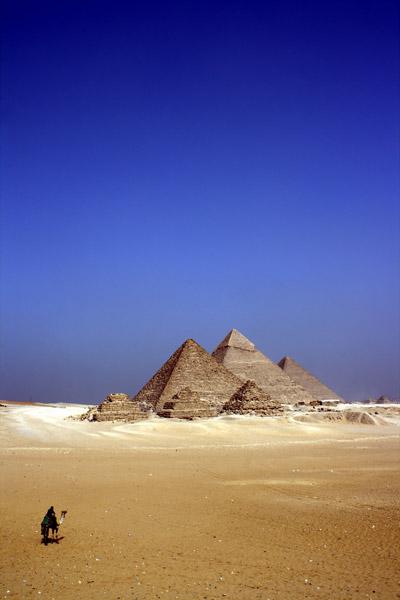
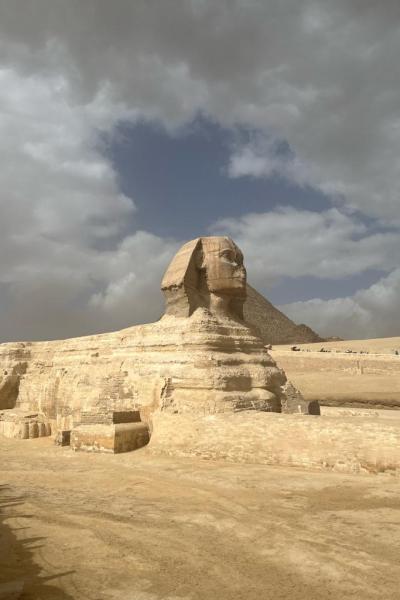
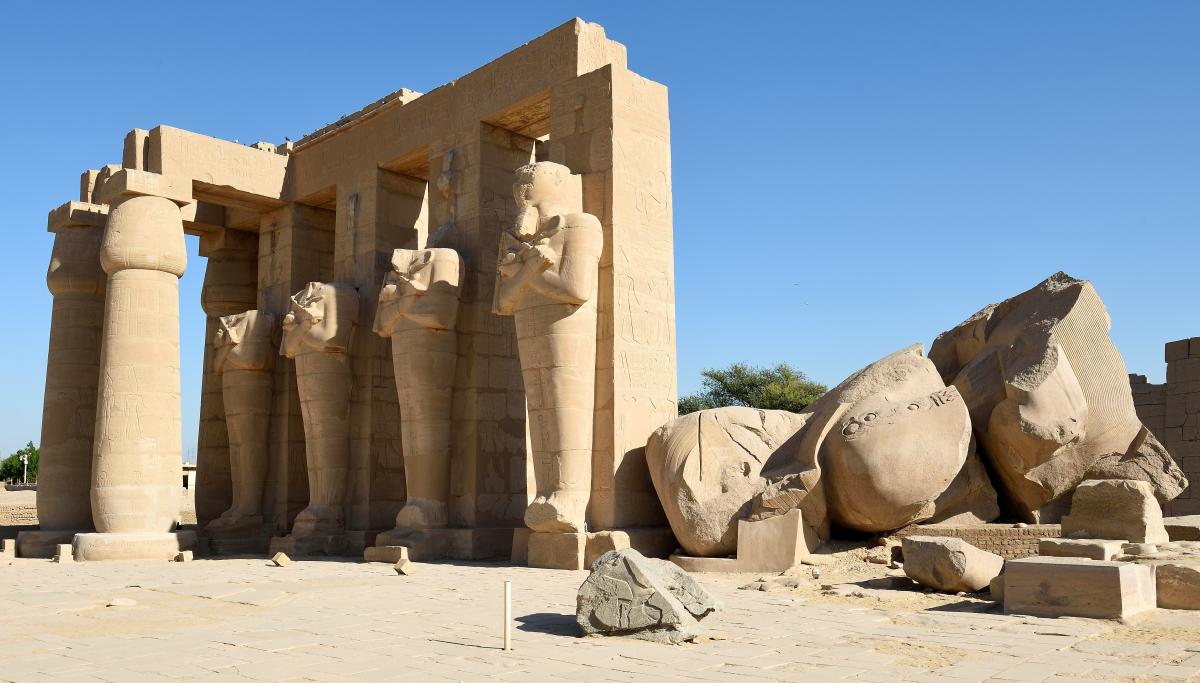
Across the Nile River from the bustling modern city of Luxor lies a landscape of dramatic dualities that shaped the beliefs and lives of the ancient Egyptians . The West Bank presents a stark transition from a verdant, life-giving floodplain, created by millennia of the Niles annual deposit of fertile...
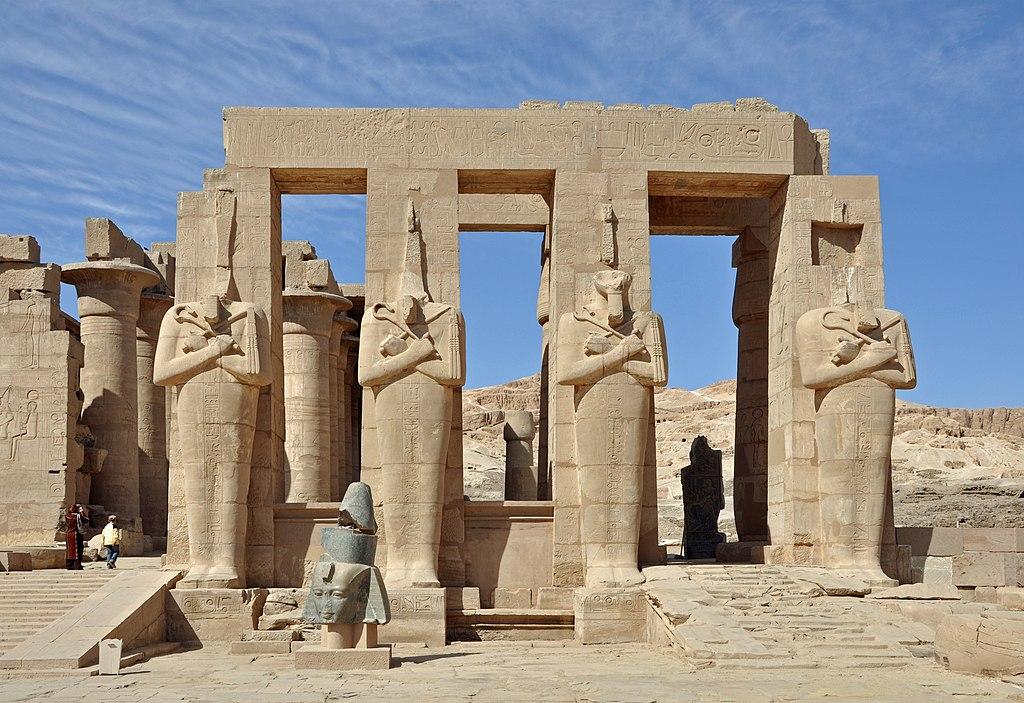
The Ramesseum Temple is a grandiose monument located in Luxor, Egypt. Built by Ramses II during the 19th Dynasty of ancient Egypt, it was designed as an homage to the great pharaoh and his accomplishments. The temple complex consists of two main structures: a large pylon gateway and a hypostyle hall...
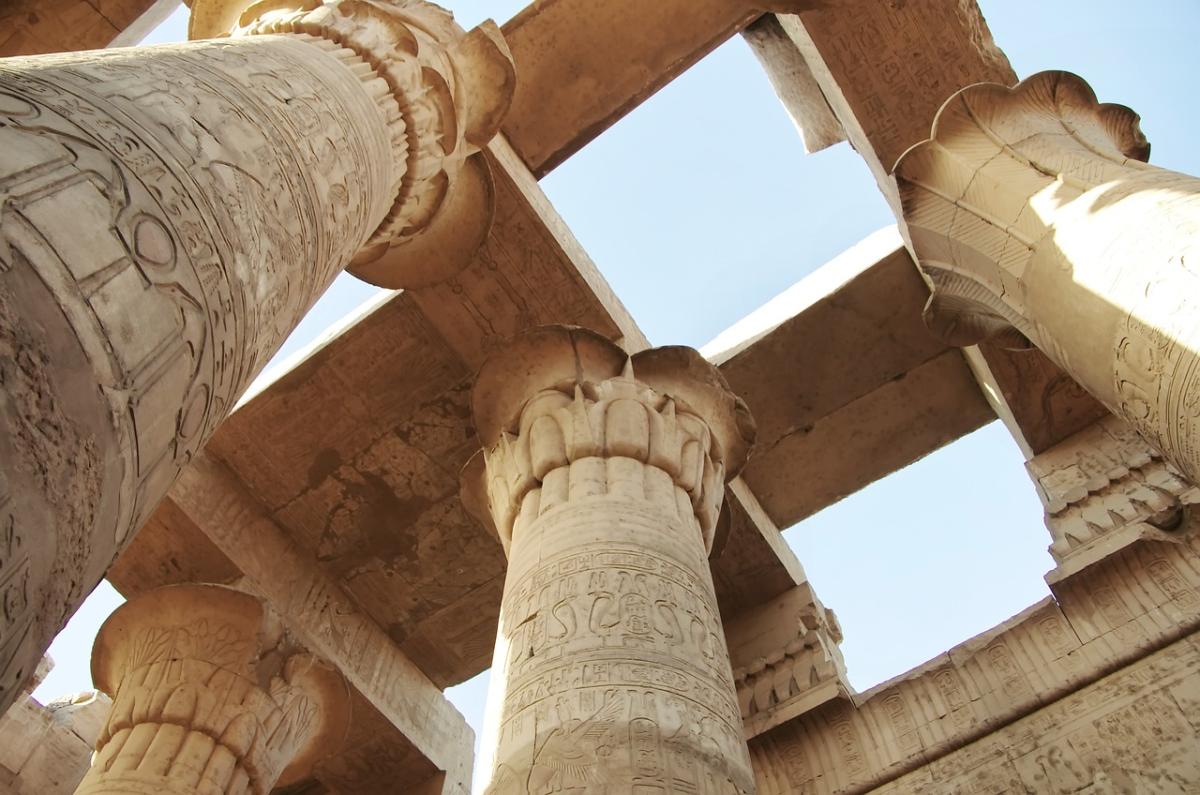
Karnak Temple is one of the most awe-inspiring ancient sites in Egypt. Located near Luxor, Karnak was once a bustling religious center dedicated to the god Amun and his consort, Mut. Dating back thousands of years, this incredible temple complex has been gradually built up over time by generations of...